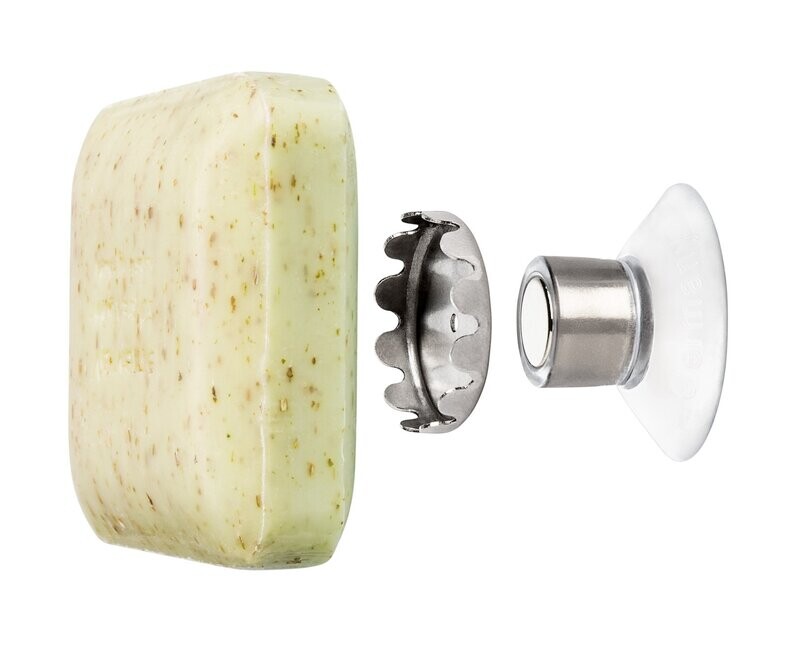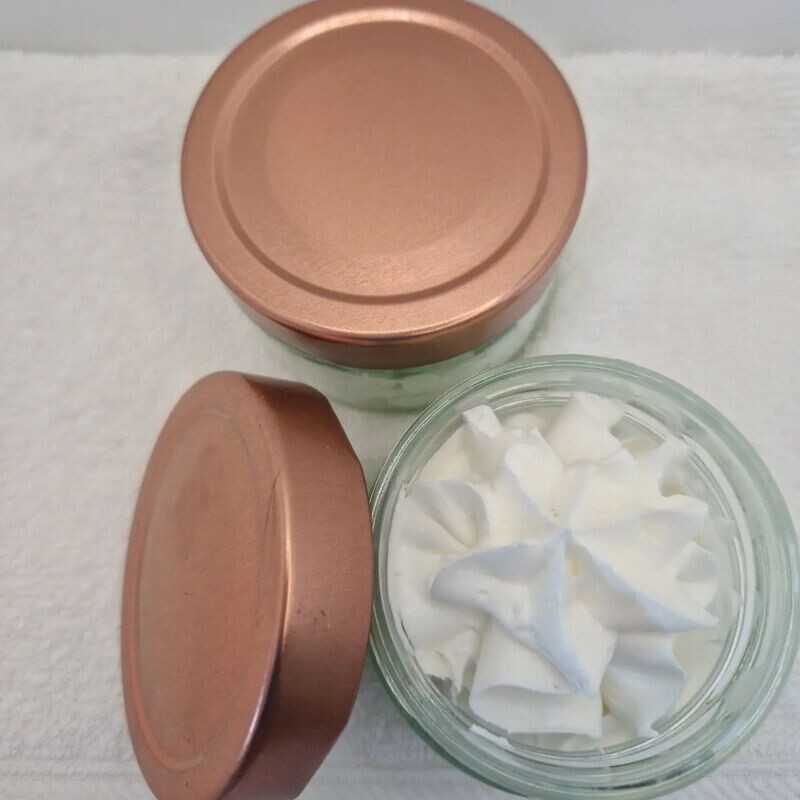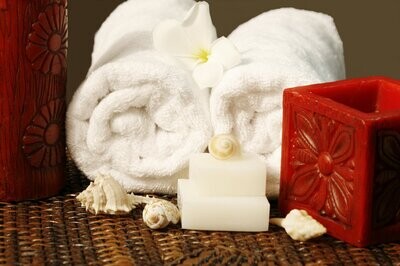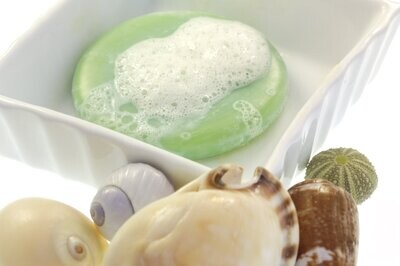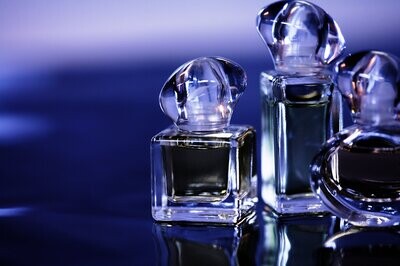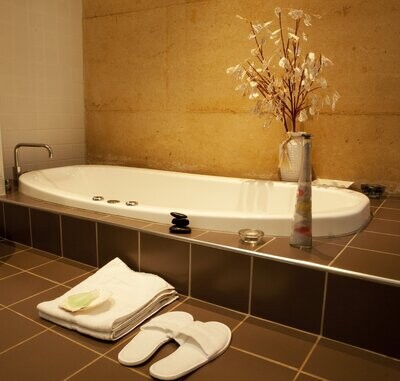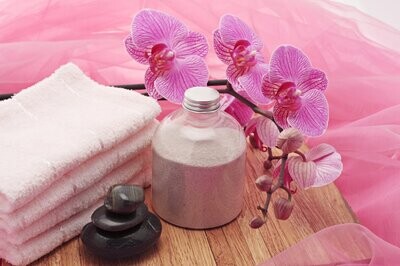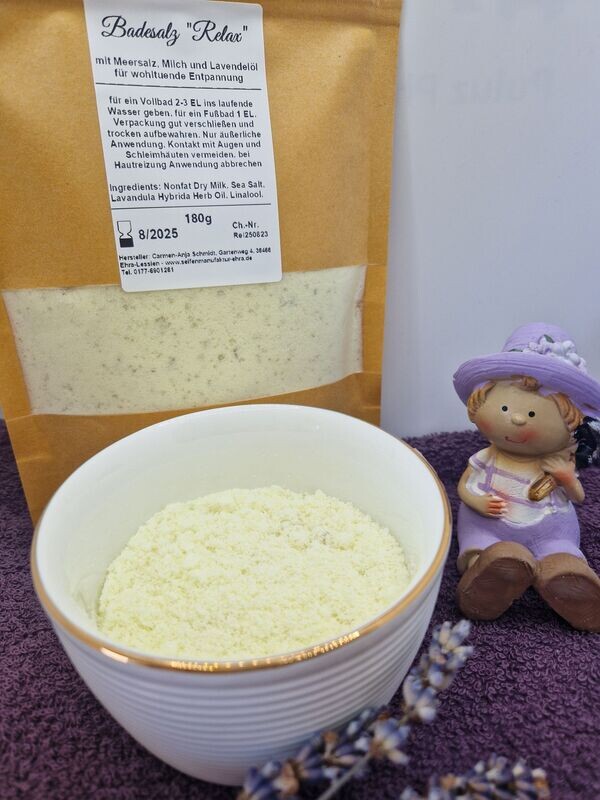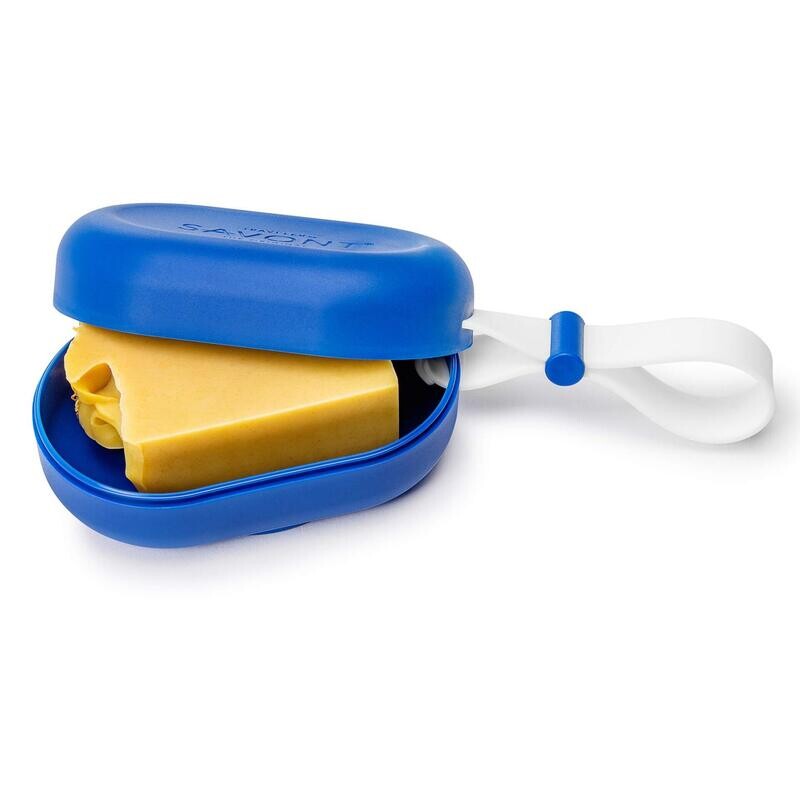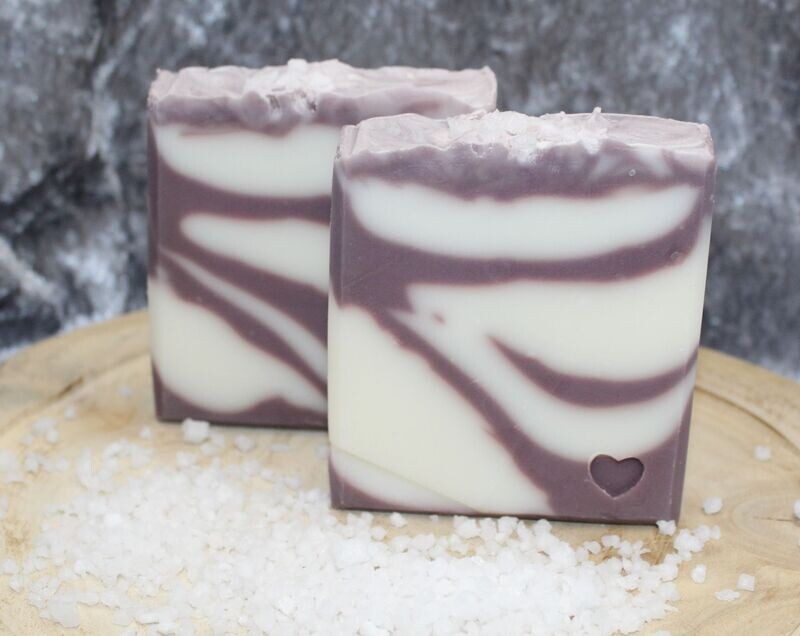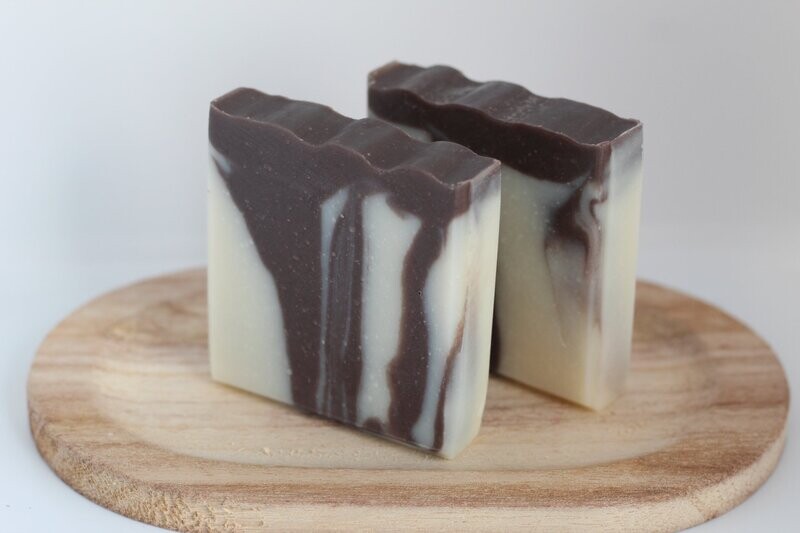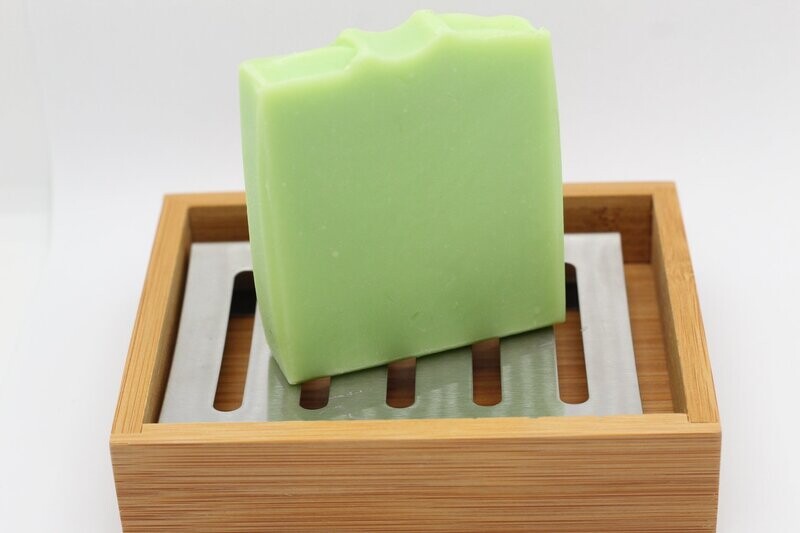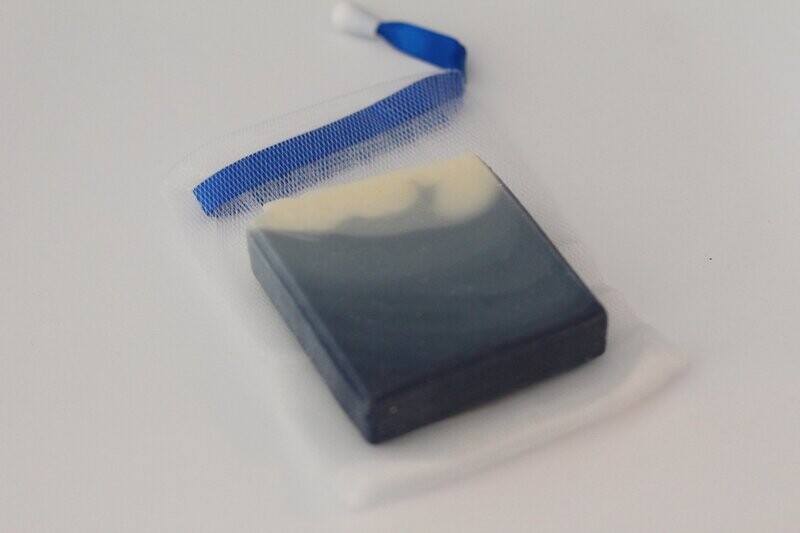Manufacture of soaps -
a short version
As early as the 7th century, oils/fats and lye were boiled in the Middle East to produce soap. This form of soap production quickly became known in Europe as well, with Spain and France being the centers of production.
So-called bathhouses were built in the Middle Ages because personal hygiene became increasingly important.
When the plague and cholera broke out, it was believed that the causative agents of these diseases were in the water and people did not wash their bodies. You simply switched to powder and perfume.
Soap made a comeback, so to speak, in the 17th century.
Louis XIV brought the best soap makers to Versailles and issued the Purity Law for soap in 1688:
Soap was considered to be of particularly high quality if it contained at least 72% oils.
Traditional soap making still exists in Marseille today.
Soaps are still made in this way today from animal or vegetable fats and oils
and made by adding a precisely calculated lye.
Adding the lye to the melted fats triggers a chemical reaction (saponification),
the fats are thereby broken down into natural glycerin and salts of the fatty acids.
Very warm soap glue is produced, which is why the process is called boiling soap.
Empfohlene Produkte
